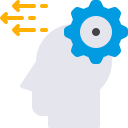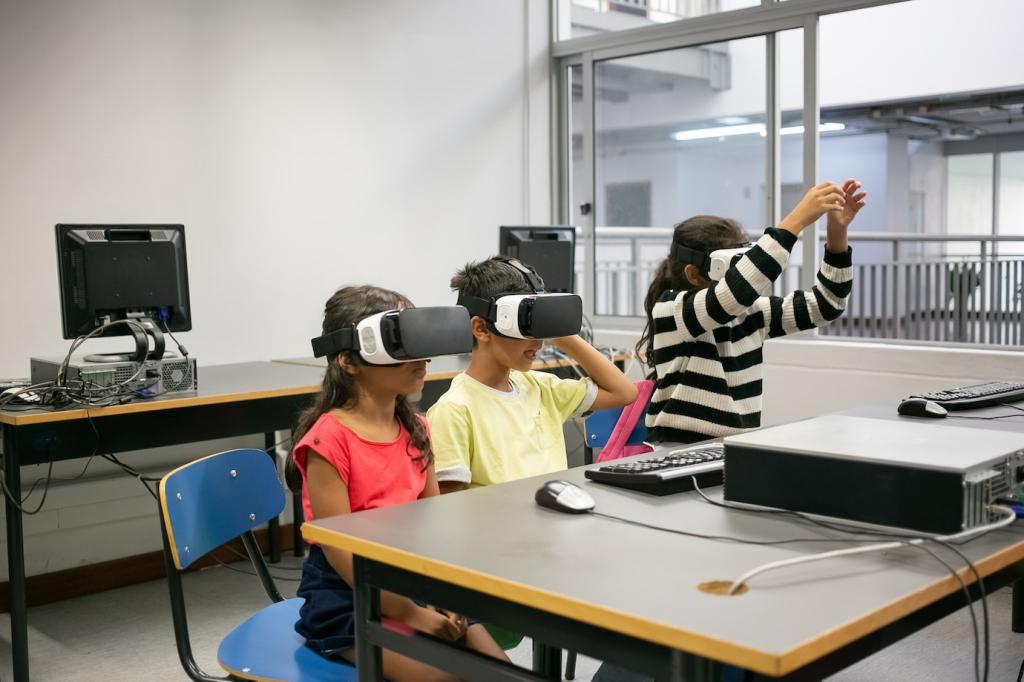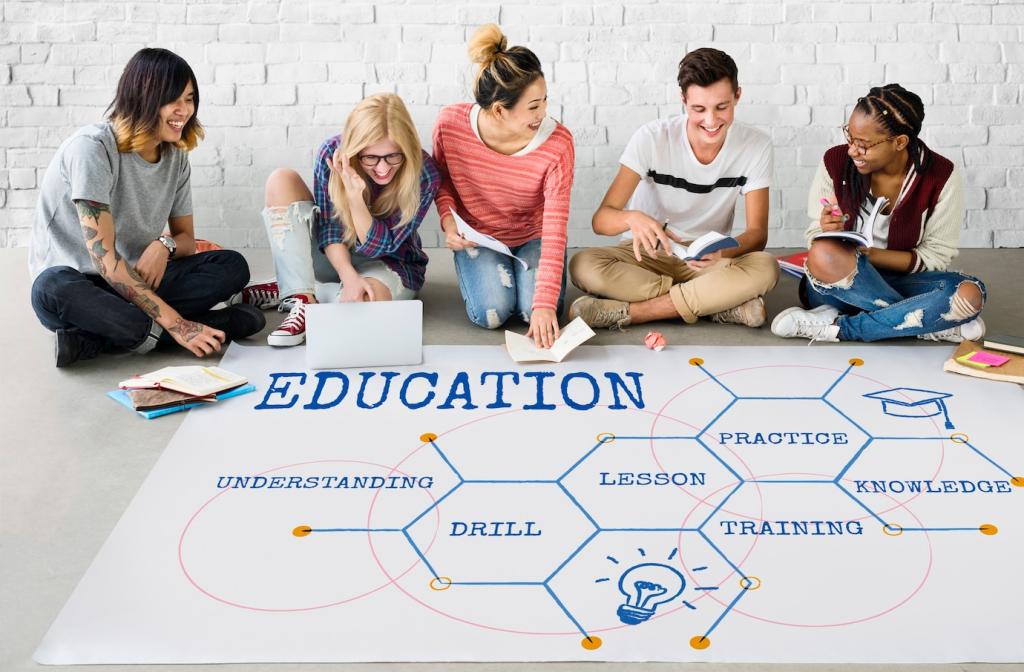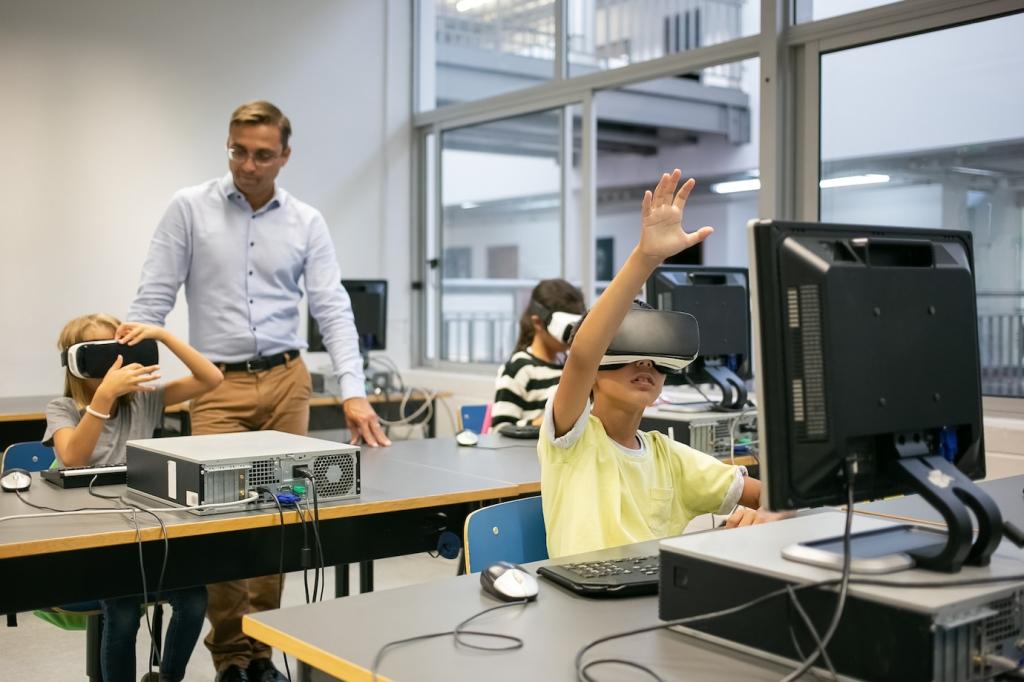Assessment Reimagined for an AI-shaped Classroom
AI can vary problem sets and hints based on performance, then route complex work to teachers for rich, human feedback. The result: more practice without busywork, and deeper conversations about reasoning, strategy, and reflection.
Assessment Reimagined for an AI-shaped Classroom
Students can design experiments, build prototypes, or craft policy briefs with AI as a planning partner. Scaffolds help organize ideas while rubrics emphasize originality, evidence, and ethical use. Teachers see process data that brings learning to life.
Assessment Reimagined for an AI-shaped Classroom
Healthy analytics illuminate learning, not police it. Designers can set clear norms for data collection, minimize identifiers, and share dashboards with students, inviting reflection and self-regulation rather than opaque monitoring.
Assessment Reimagined for an AI-shaped Classroom
Lorem ipsum dolor sit amet, consectetur adipiscing elit. Ut elit tellus, luctus nec ullamcorper mattis, pulvinar dapibus leo.







